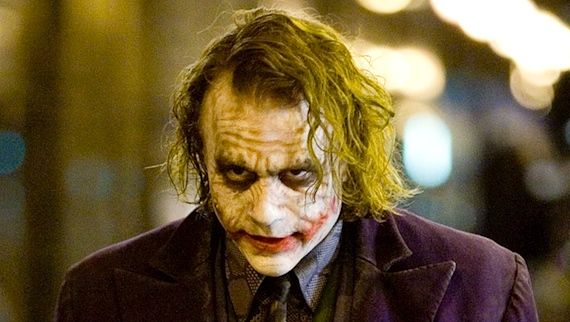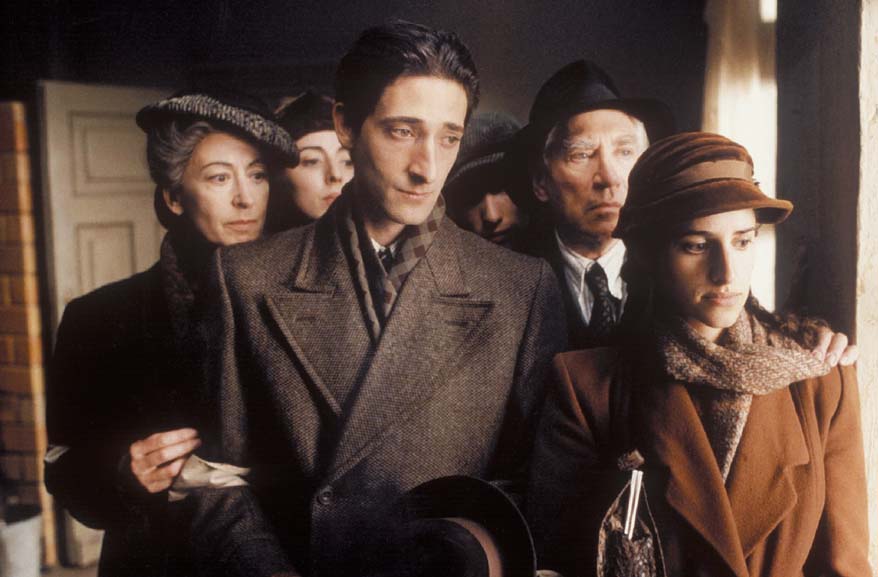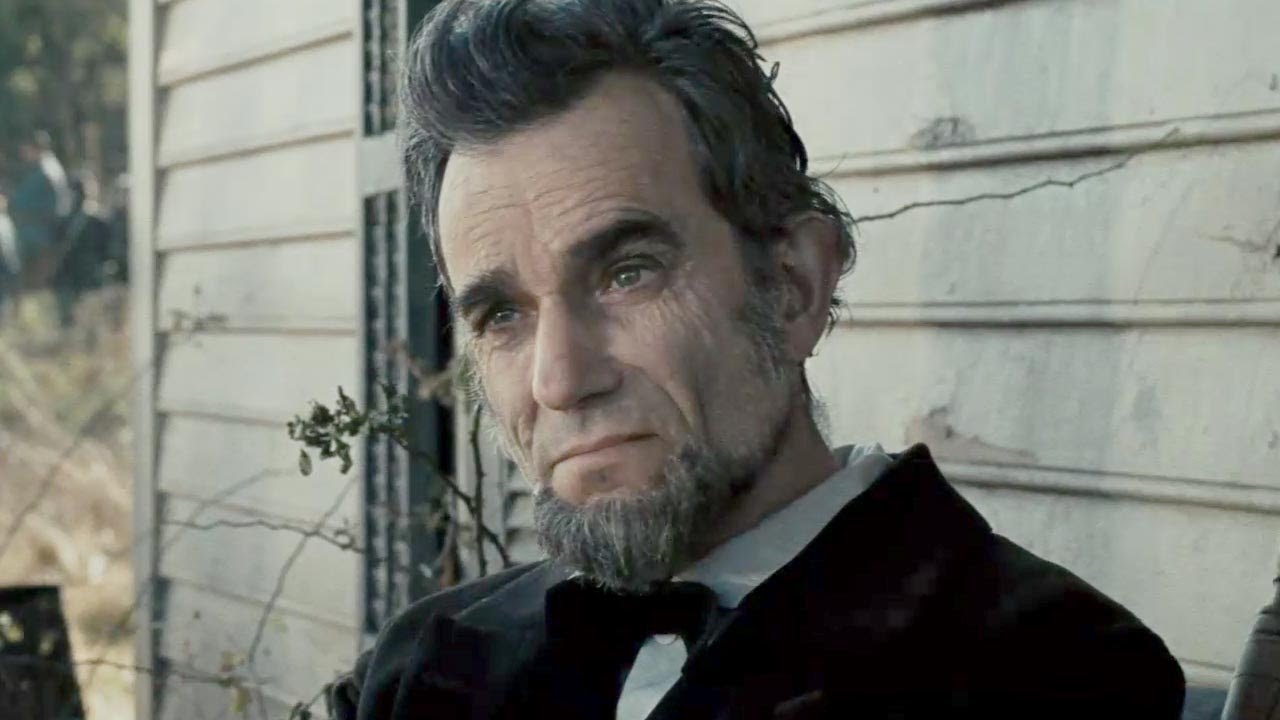
When Marlon Brando spent an entire month in a bed at the Birmingham Army Hospital in Van Nuys, California, just to prepare for his debut role as a paraplegic veteran in “The Men” (1950), he became on of the first and best examples of the extremes an actor goes to when preparing for a character.
For Martin Scorsese’s “Taxi Driver” (1976), De Niro spent days at a U.S. Army base in Italy studying how the men talked and walked, then learning how to shoot a gun and returning to New York to learn how to drive cabs.
This wasn’t the only time the actor went to such lengths, as his physical transformations are often mentioned and connected to his intense devotion to preparing for roles – as was the case of his body transformation in “Raging Bull” (1980) and his move to Sicily before “The Godfather Part II” (1974), where he perfected various Sicilian accents.
Method acting is not the same for every actor; “method” refers to the specific techniques used by actors to best understand the thoughts and feelings of their characters. It is a continuous process, and it’s constantly changing as new acting tools and techniques are being developed.
Nowadays, it’s rare to find occasions where an actor goes to such depths, being considered too difficult and, as it’s frequently called, the opposite of acting. When one does, though, it ends up quickly dismissed as tabloid sensationalism.
This list takes a look at cases from the last 15 years where we got to watch films with full character immersion by some of the generation’s finest actors. Note: as “method acting” carries different meanings for the actors mentioned here, the list does not have a specific order.
1. Lincoln (2012)
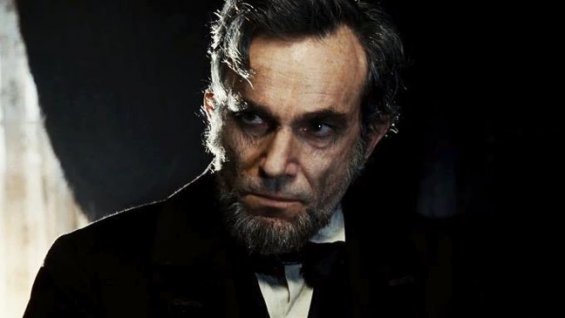
Daniel Day-Lewis is, in this category, incomparable. His method has become legendary, and the results are evident: he’s the only person in film history to win the Academy Award for Best Actor three times (two of them in this century), along with other countless awards.
Being one of the most acclaimed actors of his generation, he had a traditional actor training, but chose to constantly devote to his roles and always research as much as possible. What’s impressive is the actor’s slow work rate compared to most over the last twenty years.
On “The Last of the Mohicans” (1992) he became a survivalist, learning how to make canoes and refusing to eat anything he didn’t kill; for “The Boxer” (1997), he trained for a year and a half with former heavyweight champion Barry McCuiga; sat in a wheelchair during his portrayal of Christy Brown in “My Left Foot” (1989), and took apprenticeship as a butcher for “Gangs of New York” (2002) – sharpening his knives during breaks and ending up with pneumonia for refusing to wear modern coats, as they “wouldn’t have existed in the 19th Century”.
For Steven Spielberg’s biopic, “Lincoln”, the actor allegedly spent an entire year reading about the president, going to the extent of sending text messages to his cast mates as “The Commander in Chief” or just signing “A” in the end, ignoring every conversation about current events on set.
For the same film, his on-screen wife Sally Fields, playing Mary Todd Lincoln, also immersed in research, reading five biographies and visiting the former First Lady’s home, and reportedly gaining 25 pounds for her role.
2. The Dark Knight (2008)
Much has been said of Heath Ledger’s performance as Joker in “The Dark Knight”, as it is often connected to his death from an overdose just ahead of the release of the film.
Before said role, the actor had already revealed his potential as one of the greatest of his generation in Ang Lee’s “Brokeback Mountain” (2005), but he went to another extreme when playing Joker, earning a posthumous Academy Award for Best Supporting Actor.
His preparation for the part, as told by the actor before his death, included sitting around in a hotel room in London for a month, creating a diary and experimenting with voices and laughs in order to come up with something truly iconic.
It wasn’t until several years later that his incredulous devotion really came up, when his father allowed a team of filmmakers to access details of the actor’s preparation for the Joker, revealing actual footage of the abovementioned diary – which contained writings, clippings, drawings and, on the last page, a “bye-bye” in the Joker’s handwriting.
During filming, Ledger reportedly kept character to such a degree that crew members were said to be disturbed by his approach, claiming that he ignored them if referred to as someone other than the Joker. While Ledger’s death, ruled an accidental overdose of different medications and sleeping tablet, may be unrelated to his method, there’s no doubting that the actor’s commitment made him transcendent.
3. The Pianist (2002)
Adrien Brody’s method acting is not as well-known as most because he’s usually more discreet about it, but it won him the Academy Award for Best Actor for Roman Polanski’s “The Pianist”. To prepare for the role of a concert pianist, the actor practiced the piano for four hours a day, as well as losing about 30 pounds.
Furthermore, playing a man living in a Warsaw ghetto wrecked by the war, he told the BBC he made a bigger effort to understand the struggles of his character and those who lived through the Holocaust, giving up his apartment, selling his car, disconnecting the phones and moving to Europe with two bags in his hands – apparently also leaving his girlfriend behind.
After this film, he embarked on another method-acting adventure in the 2005 thriller “The Jacket”, in which he spent several hours a day on set locked in a straight-jacket and refusing to talk to anyone and, to prepare for scenes where he was in a mortuary drawer, he asked the director to keep him in the drawer during filming breaks.
4. The Machinist (2004)
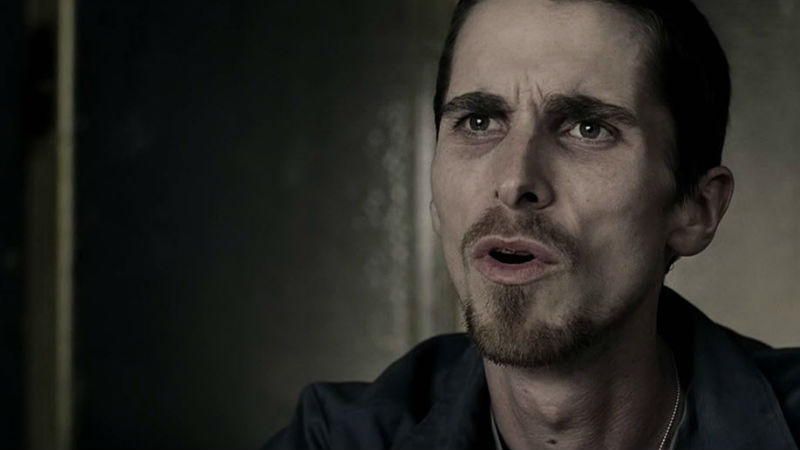
After his breakout role in “American Psycho”, where Christian Bale spent hours in the gym each day and refused to talk to anyone to perfectly portray his character, his method went to the extreme when he played Trevor Reznik in “The Machinist”. Trevor was, to the public eye, the real beginning of Bale’s famous weight win and loss over the following years.
In order to look alarmingly unhealthy, he ate simply an apple and a can of tuna every day and smoked avidly. It’s been often argued how much weight he actually lost, but the most agreeable is 63 lbs. Fearing for his life, the producers intervened and stopped him from losing even more weight.
As soon as the film wrapped, he gained the 60 pounds back in six weeks, in order to play the role of Bruce Wayne in Christopher Nolan’s “Batman Begins”. After that, the actor immersed once again in deep method-acting, losing 30 lbs to play a boxer-turned-drug addict in 2010’s “The Fighter” and for his latest role in “American Hustle” as a ’70s con man, Bale packed on 43 pounds by eating lots of doughnuts and cheeseburgers.
5. Nymphomaniac (2013)
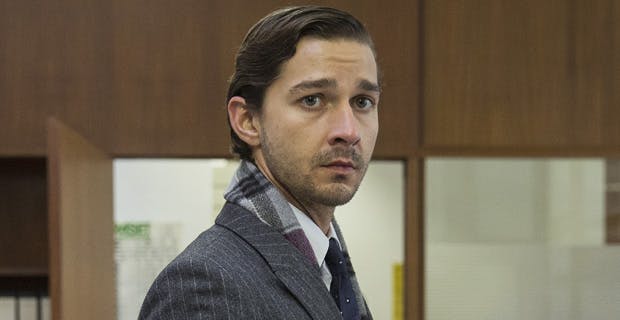
The usual trouble associated with Shia LaBeouf is often related to the unconventional way he thinks and speaks his mind, which ultimately results on some interesting – to say the least – methods when choosing certain roles and building his characters.
For the American-Romanian psychological romantic comedy-drama “The Necessary Death of Charlie Countryman” (2013), LaBeouf reportedly tripped on acid to, according to him, really get into the head of his character.
To audition for his role in Lars von Trier’s “Nymphomaniac,” he sent the director a number of sex tapes featuring himself and his girlfriend, as the film was expected to feature unsimulated sex. In fact, during the film, he opted to method-act for some of its more intimate scenes, allegedly having actual sex with his co-star on screen.
Furthermore, for his recent portrayal in “Fury” (2014) (according to co-star Logan Lerman), his antics were said to involve self-mutilation – as the makeup didn’t seem real enough, he repeatedly cut his own face with a knife in order to make his war wounds look authentic. Besides, the actor apparently also refused to shower for several weeks, as to better understand his character’s life in the trenches.
